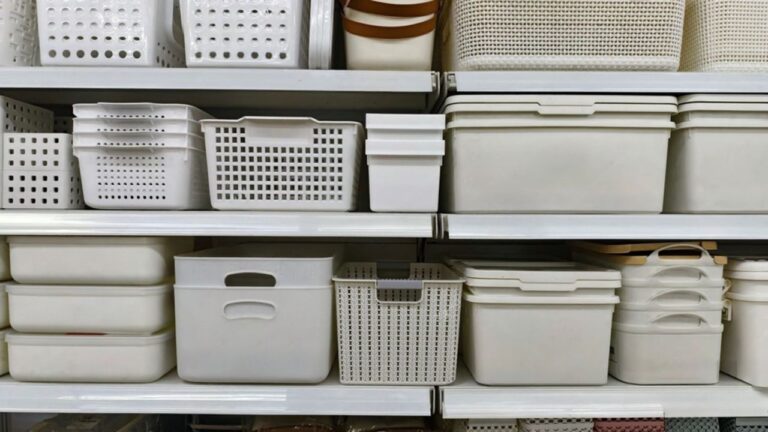10 Things You Should Never Skip When Setting Up a Septic Tank
When you’re setting up a septic system, there’s no room for shortcuts. If you miss a step—or try to save money in the wrong spot—you could end up with expensive repairs or a huge mess down the road.
A good septic setup should last decades, but it all starts with getting the basics right. From permits to pipe slopes, every part of the system plays a role in keeping your home running without backups or leaks. Here’s what you don’t want to overlook.
Get a Soil Test Before Anything Else

Before anyone brings a backhoe out, you need a professional soil test. This will tell you if the land can even support a septic system and what kind of setup you’ll need. Some areas can’t handle a conventional tank and field, so skipping this can throw your whole plan off.
A soil test also impacts where the system goes and how deep it’s placed. You don’t want to build first, only to find out you can’t put your tank where you thought. It’s worth doing right from the start.
Don’t Skip the Permit Process

You can’t install a septic tank without getting the green light from your local health department or environmental office. Every area has its own set of rules, and getting caught without a permit can delay your whole project—or worse, shut it down.
Even if it feels like a hassle, this is one of those steps that protects you. A permitted system means it was inspected and approved, which matters if you ever sell your home or need future repairs.
Pick the Right Size Tank
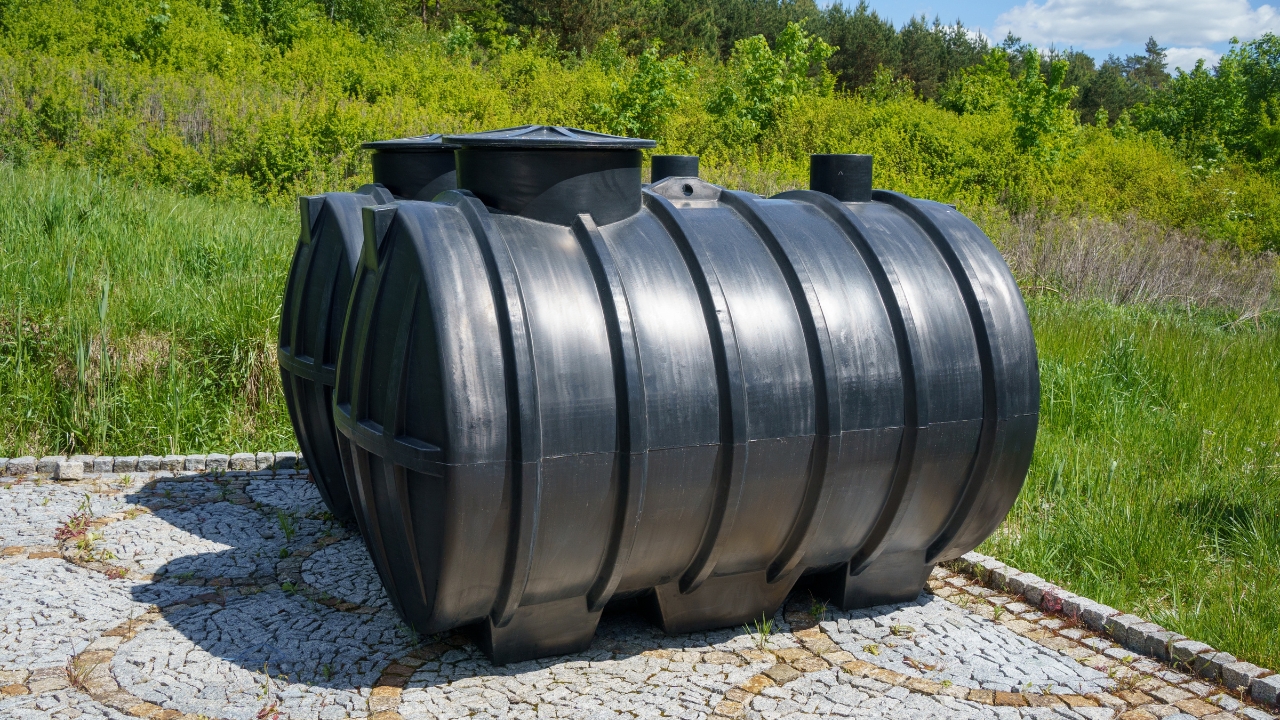
Septic tanks aren’t one-size-fits-all. If your tank’s too small for your household, it’s going to fill up too fast and cause problems. And once things back up, it’s never a clean fix.
Size depends on the number of bedrooms in your house, not just how many people live there now. Always plan for future use—especially if you’ve got kids or guests often. Going slightly bigger is usually smarter than trying to save a few bucks upfront.
Pay Attention to Slope and Drainage

Water needs to flow properly from your home to the septic tank, and then out into the drain field. If the slope is off, wastewater won’t move the way it should, and that leads to clogs or pooling.
Your installer should use a level to make sure the pipes are sloped at the correct angle. Too steep or too flat, and the whole system’s off balance. Drainage matters too—you don’t want rainwater or runoff flooding your drain field.
Don’t Build Over the Tank or Drain Field
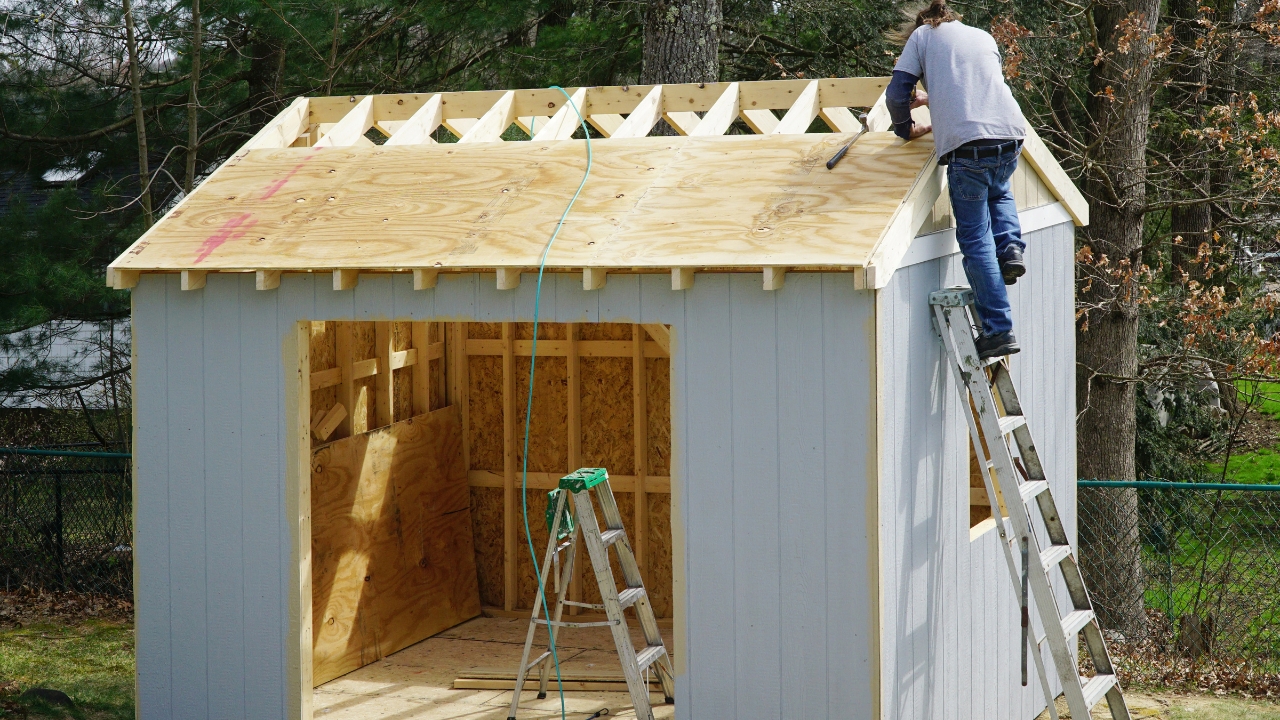
It might seem convenient to put a driveway or shed right where the tank or field is, but that’s asking for trouble. Heavy weight on top of the system can cause cracks, collapses, or blocked lines.
Keep everything accessible and leave plenty of room for future pumping. Grass is fine over the field, but nothing heavy or permanent should go there. Mark it off early before someone makes that mistake.
Make Sure There’s Easy Access for Pumping
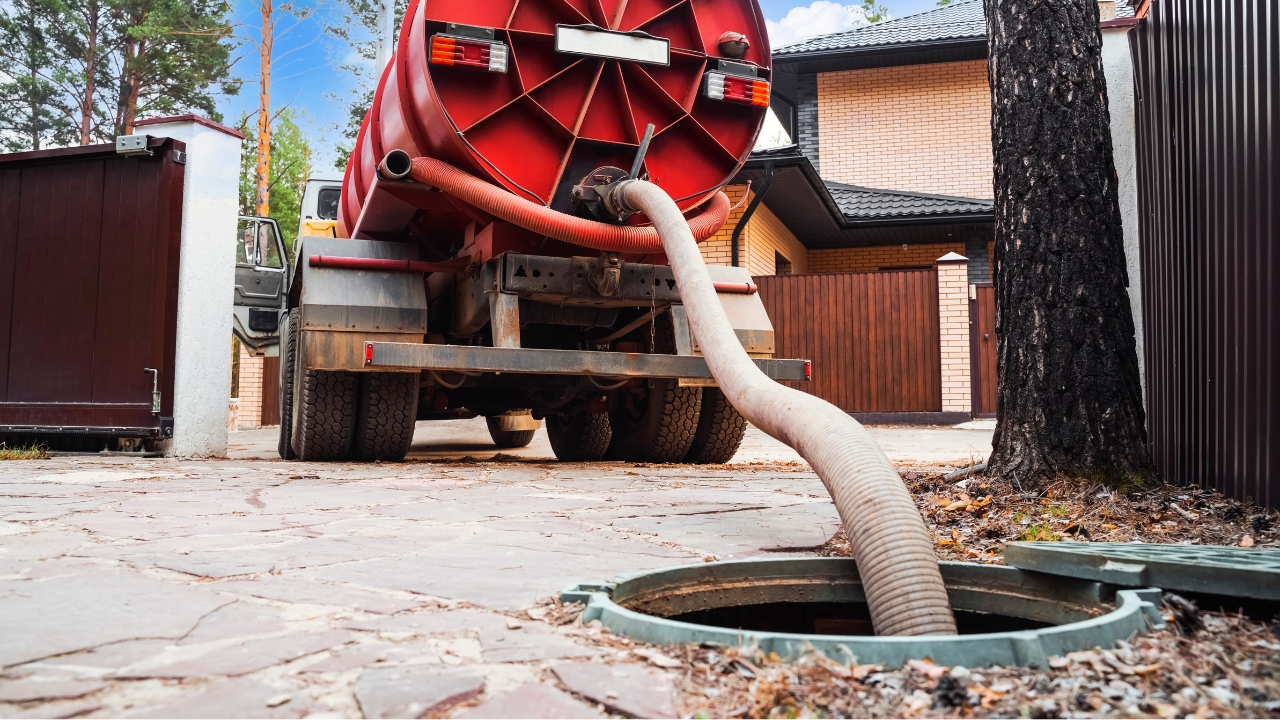
Your tank will need to be pumped every few years, and that’s a lot harder if it’s buried under landscaping or hard to reach. Plan ahead and leave a clear path for a pump truck to get in.
If you’re burying the tank deep, consider adding risers to the lids so you don’t have to dig it up every time. It’s not a huge expense but makes a big difference when the time comes.
Choose the Right Spot for the Drain Field
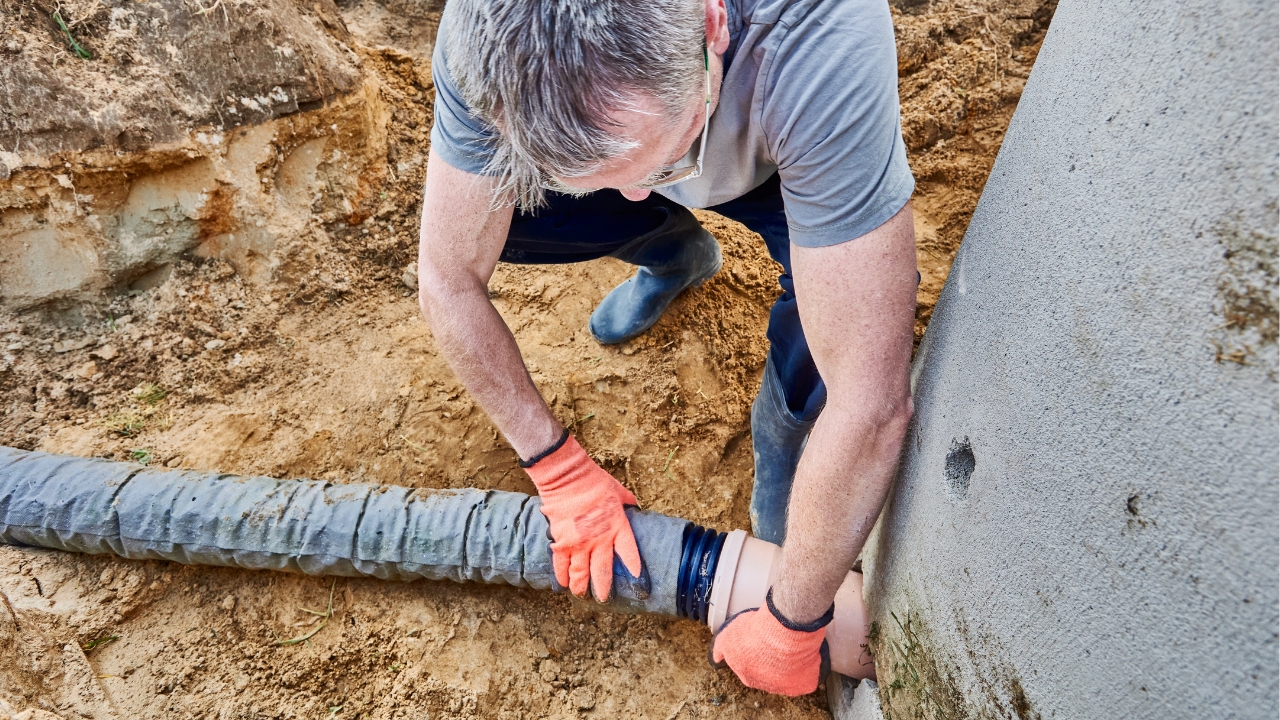
The drain field is where all the filtered wastewater goes, and it needs to stay dry to work right. You don’t want it near trees, driveways, or areas that flood after rain.
If roots get into the pipes, they can cause blockages or break the lines. And if the ground’s too wet, the system won’t filter properly. Placement is everything here, so listen to your installer’s advice.
Watch Out for Water Table Issues

If your property has a high water table, you might need an alternative septic system. That’s not something you want to find out after the tank’s already in the ground.
High groundwater can cause the tank to float or leak, and it makes the drain field less effective. A site evaluation will usually catch this early on, but it’s something you should ask about upfront.
Protect the System During Construction
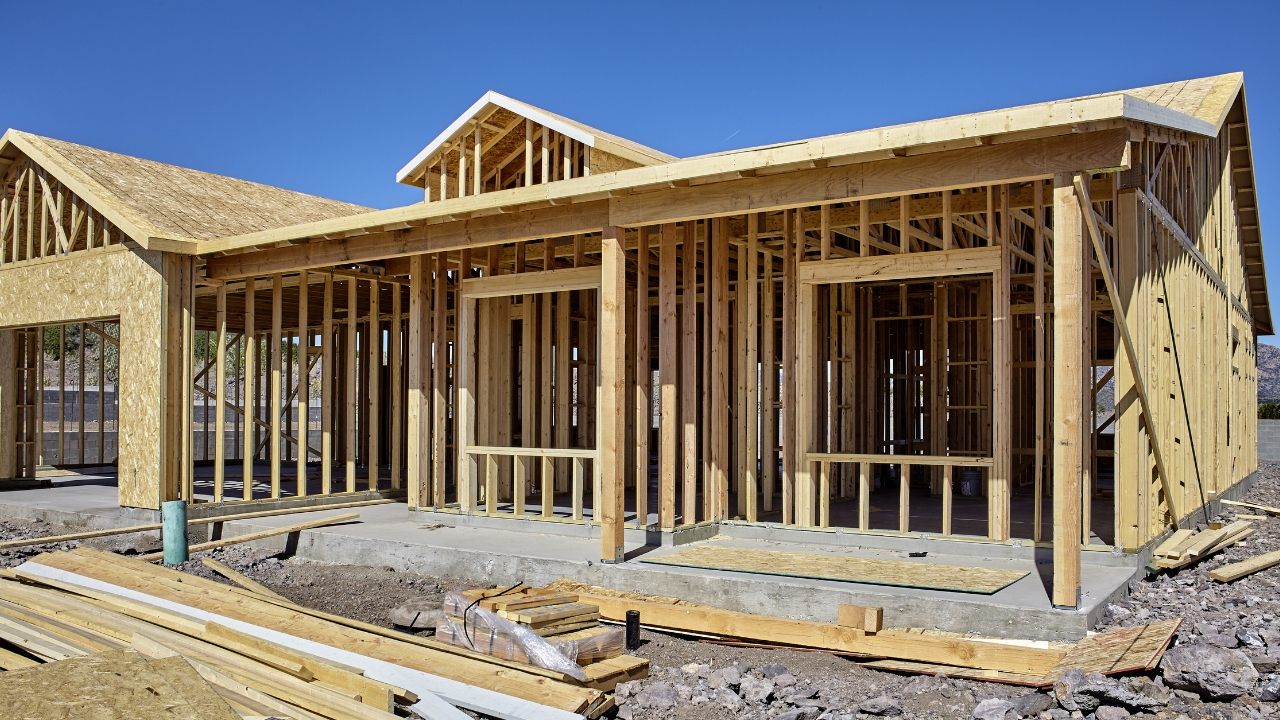
If you’re setting the septic system before building your house, make sure contractors and equipment stay away from it. Heavy machinery driving over the drain field can crush pipes and compact the soil.
Flag the area clearly and remind anyone working on the site to steer clear. A little prevention now can save you thousands in repairs later.
Keep a Map of the System Layout

Once the system’s in, get a copy of the layout from your installer and hang onto it. That map shows exactly where everything is—tank, lids, field lines, access points.
You’ll thank yourself later when it’s time to pump, troubleshoot, or sell the place. Without it, you’re guessing or digging blind. It’s one of those boring tasks that pays off big later.
*This article was developed with AI-powered tools and has been carefully reviewed by our editors.






